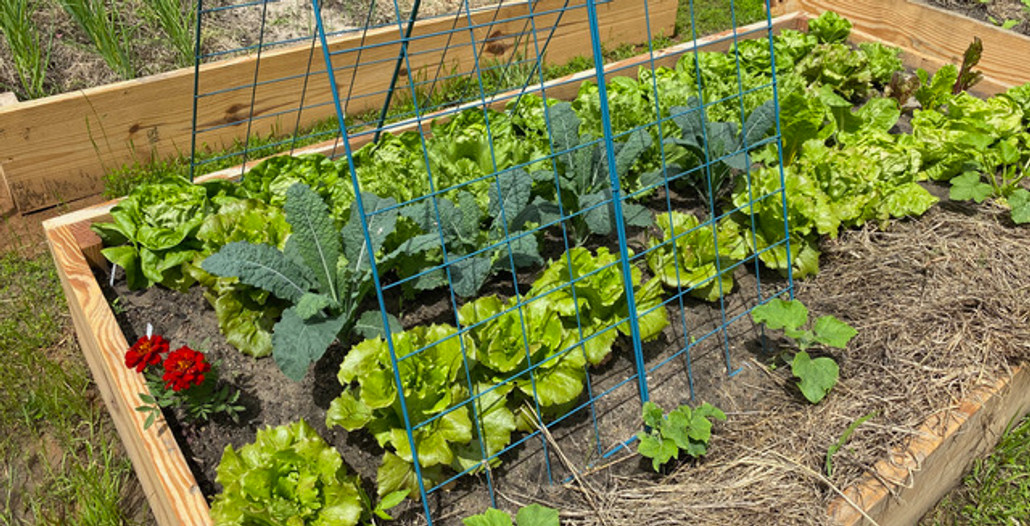
All About Lettuce
Posted by Lynn Byczynski on 17th Feb 2022
At Seeds from Italy, we sell 30 varieties of lettuce and five salad mixes that contain lettuce. Sometimes customers will ask “What’s your best lettuce?” That’s like asking “What’s the prettiest color?” Or “What’s the best ice cream flavor?” The best lettuce, like most things in life, depends on your taste.
What we can tell you is that all varieties of lettuce have nutritional benefits. They provide nutrients, antioxidants, and dietary fiber. Eating lettuce has been associated with overall better health, both physically and mentally. It helps with weight loss, slows cognitive decline, and improves bone strength, among many other benefits.
Lettuce is usually divided into four categories based on shape and texture: looseleaf, butterhead, romaine, and iceberg. In general, romaine has the most nutrients and iceberg the least, but all of them are good for you. So choosing lettuce is just a matter of what tastes good to you, and what does well in your garden.
If you’re new to gardening, we suggest you try one or two varieties in each of the above categories, in several successions spring and fall. Eventually you will find the varieties that love your conditions, and those that you can grow at one time of the year but not another. We also recommend growing a mix, which will give you salads of baby greens while you’re waiting for head lettuce to mature.
Here’s an example of how to have a long season of lettuce:
First, check your frost-free date. There are actually two dates to keep in mind — the average, when there is a 50-50 chance of frost, and the historical frost-free date, when there is virtually no chance of frost. For lettuce, use the earlier date to schedule your planting.
Six weeks before your average frost-free date, start your head lettuce inside. Lettuce germinates quickly on a heat mat, and you should be able to plant individual plants into cells or pots within a couple of weeks. You don’t need a large plant to set outside; a tray with 72 cells is perfect.
Four weeks before your average frost-free date, direct seed a salad mix outside and cover it with row cover. Franchi seed packets have ample seeds if you want to be brave and plant early. If you have a hard freeze and lose seedlings, just plant again.
When the average frost-free date arrives, you should be able to start picking baby lettuce from the direct sown mix. You also can plant the head lettuce outside, preferably under row cover for extra protection. Knowing that the lettuce will be harvested in a month or two, you can plant summer crops nearby to make the most of your space. In the photo above, lettuce and kale are maturing just as cucumbers are getting started.
With a little luck, the salad mix will be finishing up right when it’s time to start eating the head lettuce. If your summer weather is mild enough, you can succession plant both a month apart. If you have hot summers, you can start again in late August or early September, and enjoy lettuce until the first hard freeze in fall.
